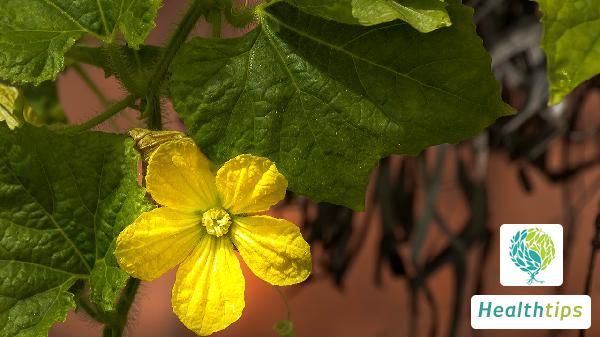"Can Acupuncture with Plum Blossom Needles Treat Myopia?"
Innovative Methods for Restoring Vision with Minimal Side Effects
With advancements in technology, there exist various methods to restore our vision and regain clear eyesight. Surgical procedures, though common, often entail drawbacks and can impact our overall health. Introducing an alternative approach that not only restores vision but also minimizes side effects.

I. Regulative Myopia in Adolescents
Regulative myopia is a prevalent type of nearsightedness among youth. Its onset is associated with genetic, environmental, psychological, dietary factors, and prolonged use of electronic devices such as computers and smartphones, along with intense academic demands. The exact mechanism remains under investigation. Traditional treatments for this condition include acupuncture, electro-acupuncture, plum blossom needle therapy, pulsed electrical stimulation, laser irradiation, and magnetotherapy, which often suffer from long treatment durations, poor efficacy, and high recurrence rates, making them difficult to adhere to.
Drawing on the characteristics of superficial acupoints around the eyes, thin and delicate skin, rich blood circulation, and dense meridian pathways that facilitate stimulation and drug absorption, along with the pathogenesis of regulative myopia in adolescents, the author developed a custom "plum blossom myopia needle" for tapping four key acupoints around the eyes. This method is characterized by minimal irritation, short treatment duration, rapid onset of effects, and good patient compliance.
II. Classification and Contraindications
-
Diagnostic Criteria and Classification of Myopia: Referencing ophthalmology standards, myopia is classified based on diopter levels. In a relaxed state, parallel light rays focus in front of the retina, defining myopia. Categories include mild (-3.00D or less, often regulative), moderate (-3.00D to -6.00D), and severe (over -6.00D).
-
Contraindications for the "Custom Plum Blossom Needle": Those allergic to traditional Chinese medicines or intolerant to skin irritation, individuals with local skin breakdown or infections.
III. Treatment Method and Device Fabrication
3.1 Custom Plum Blossom Myopia Needle: Similar to filiform needles, the "plum blossom myopia needle" targets the same acupoints but with a slightly larger stimulation area of 0.5-1.2cm, extendable to the entire eye region. Its flat, non-pointed tip ensures minimal irritation and good patient compliance, making it acceptable for adolescents.
Device Fabrication: Utilizing steel-plastic materials commonly found in medical instruments, the "plum blossom myopia needle" is constructed as follows:
- 7 needles, 10mm long, 1mm diameter, stainless steel capillary tubes.
- A medicine pot, 35mm long, 13mm diameter, 10mm inner diameter, cylindrical.
- Rubber pistons, 10mm diameter, 4mm thick, located at the top and bottom of the pot.
- A plastic handle, 173mm long, 7mm wide, 2mm thick, with moderate softness (for elasticity).
Assembly process involves threading the needles through the piston at the bottom of the pot, sealing with glue, and smoothing the needle tips. The assembled unit is then connected to the medicine pot, ensuring fluid communication. A piston is placed at the top to prevent leakage during tapping. See Figure 1 for illustration.
IV. Preparation and Procedure
Using sterile, individual sets of the custom plum blossom myopia needles to prevent cross-contamination, prepare the necessary disinfection tools (75% alcohol, sterile cotton balls, bowls, forceps, and forceps containers).
Select the treatment points: four acupoints around the eyes (Jingming, Tongziliao, Cuanzhu, Sibai). Disinfect the local area with 75% alcohol, ensuring no alcohol enters the eyes. Fill the needle with distilled and purified "four-herb" Chinese medicine (Astragalus, Turmeric, Chrysanthemum, and Menthol).
During the tapping process, the patient closes their eyes while the practitioner



















